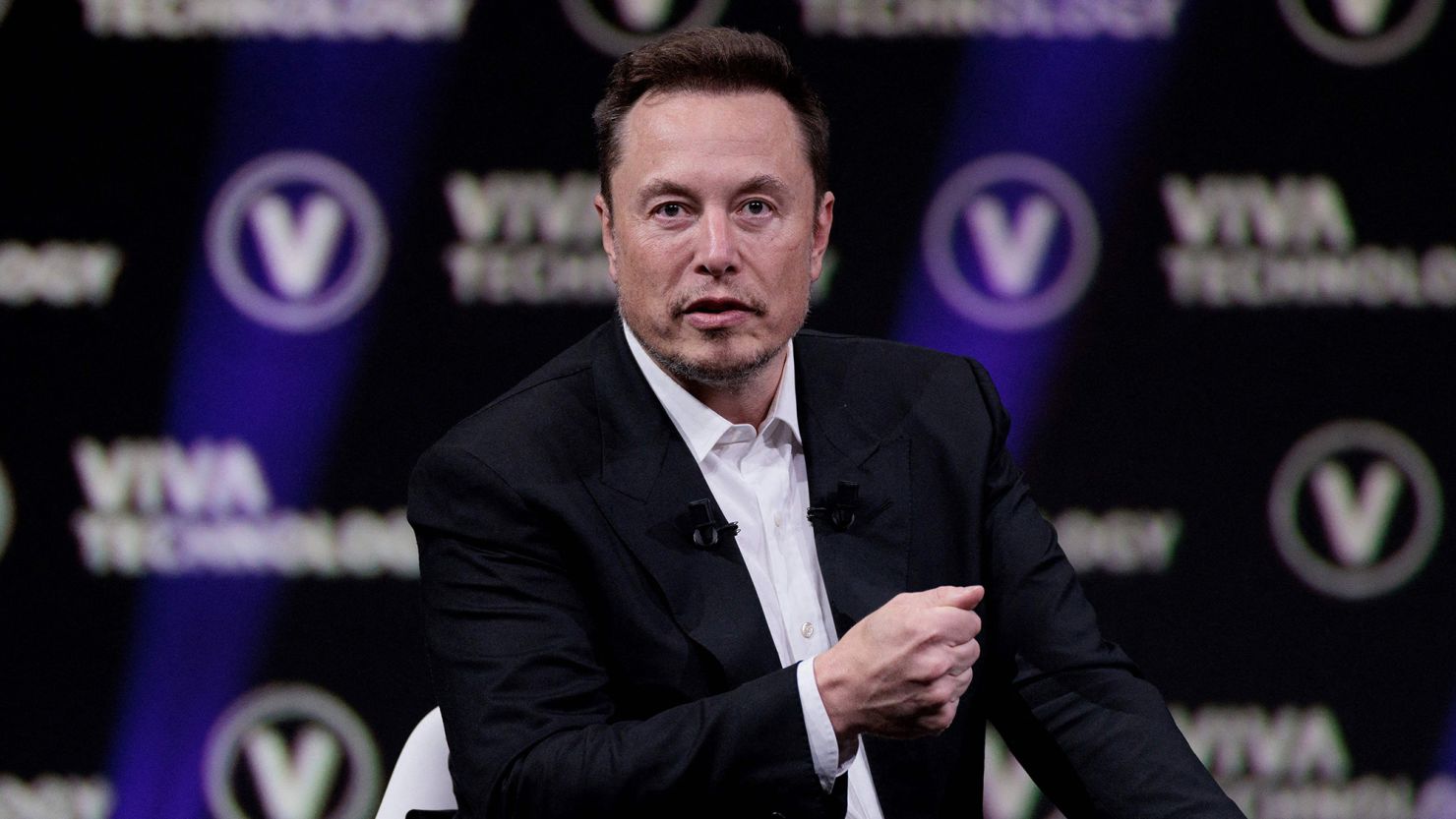Tesla missed analyst projections when it revealed its first-quarter sales decrease of 9% on Tuesday, the largest since 2012. The electric vehicle maker is still feeling the effects of continuous price reductions.
Revenue fell from $25.17 billion in the fourth quarter to $23.33 billion a year earlier. From $2.51 billion, or 73 cents per share, a year earlier, to $1.13 billion, or 34 cents per share, net income fell by 55%.
The company’s previous loss in revenue in 2020 was caused by production disruptions during the Covid pandemic, but this time the decline was far more severe. In the first three months of 2024, Tesla’s automotive revenue fell 13% year over year to $17.34 billion.
Tesla restated a negative forecast for 2024 in its shareholder deck, warning investors that the “volume growth rate may be notably lower than the growth rate achieved in 2023.”
Due to worries about the company’s continuous price reductions, lackluster deliveries, and competition in China, Tesla’s shares have fallen more than 40% this year. Tesla said earlier this month that first-quarter vehicle deliveries were down 8.5% compared to the same period last year.
Following the revelation, the stock, which was trading at its lowest point since early 2023, increased by almost 8% during extended trade.
Declared in the presentation deck, the firm is pushing for the introduction of “new vehicles, including more affordable models,” which will “be able to be produced on the same manufacturing lines” as the lineup currently offered by Tesla. Prior to investing in new production lines, Tesla wants to “fully utilize” its current production capacity and achieve “more than 50% growth over 2023 production”.
In comparison to the same quarter previous year, sales in Tesla’s energy segment climbed 7% to $1.64 billion, while revenue from services and other sources surged 25% to $2.29 billion.
The rise of EV sales is slowing down, and in an effort to increase demand, Tesla and its main competitors have been intermittently lowering EV costs for months. Due in part to price reductions made throughout the first quarter of the year, Tesla’s gross earnings fell by 18%.
According to Tesla, money from prior sales of its top-tier driver assistance system—known as the Full Self Driving (FSD) option—was included in the overall sales. The corporation was able to recognize the deferred revenue when Autopark, a feature, was released in North America.
According to Siena Capital’s automotive analyst Chris Redl, Tesla may have recognized as much as $700 million in deferred revenue from FSD during the quarter. That is about 4.3% of Tesla’s car revenue after regulatory credits are subtracted.
This month, Tesla started a significant reorganization that included the resignation of two executives, Rohan Patel and Drew Baglino. In a message distributed to the whole company last week, Musk said that the automaker was laying off almost 10% of its global workers.
Spending on capital projects increased to $2.77 billion, up 34% from the previous year.
During the quarter, free cash flow went negative, and the corporation declared a $2.53 billion deficit. Tesla recorded $441 million in free cash flow a year ago; in the fourth quarter, that amount increased to $2.06 billion. The negative amount was ascribed by Tesla to a $2.7 billion inventory build-up and $1 billion in capital expenditures for “AI infrastructure.”
CNBC


